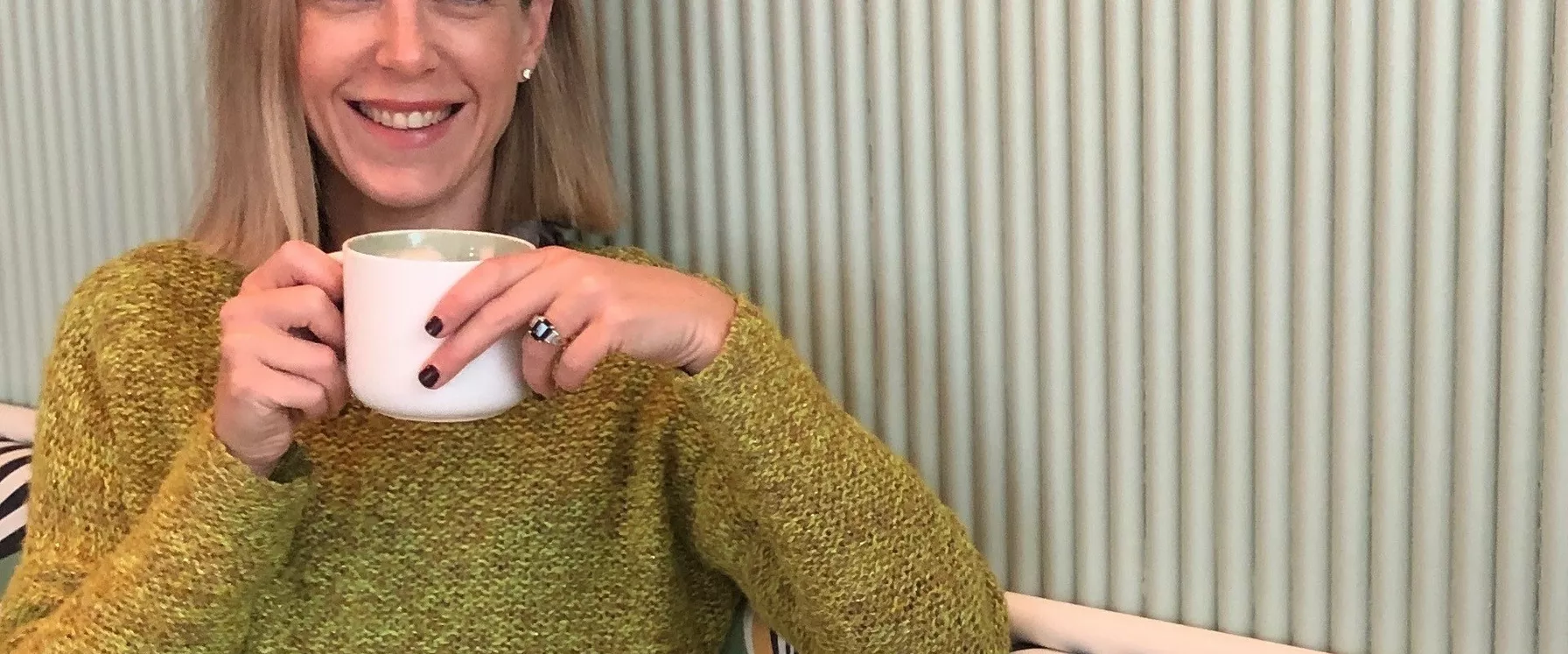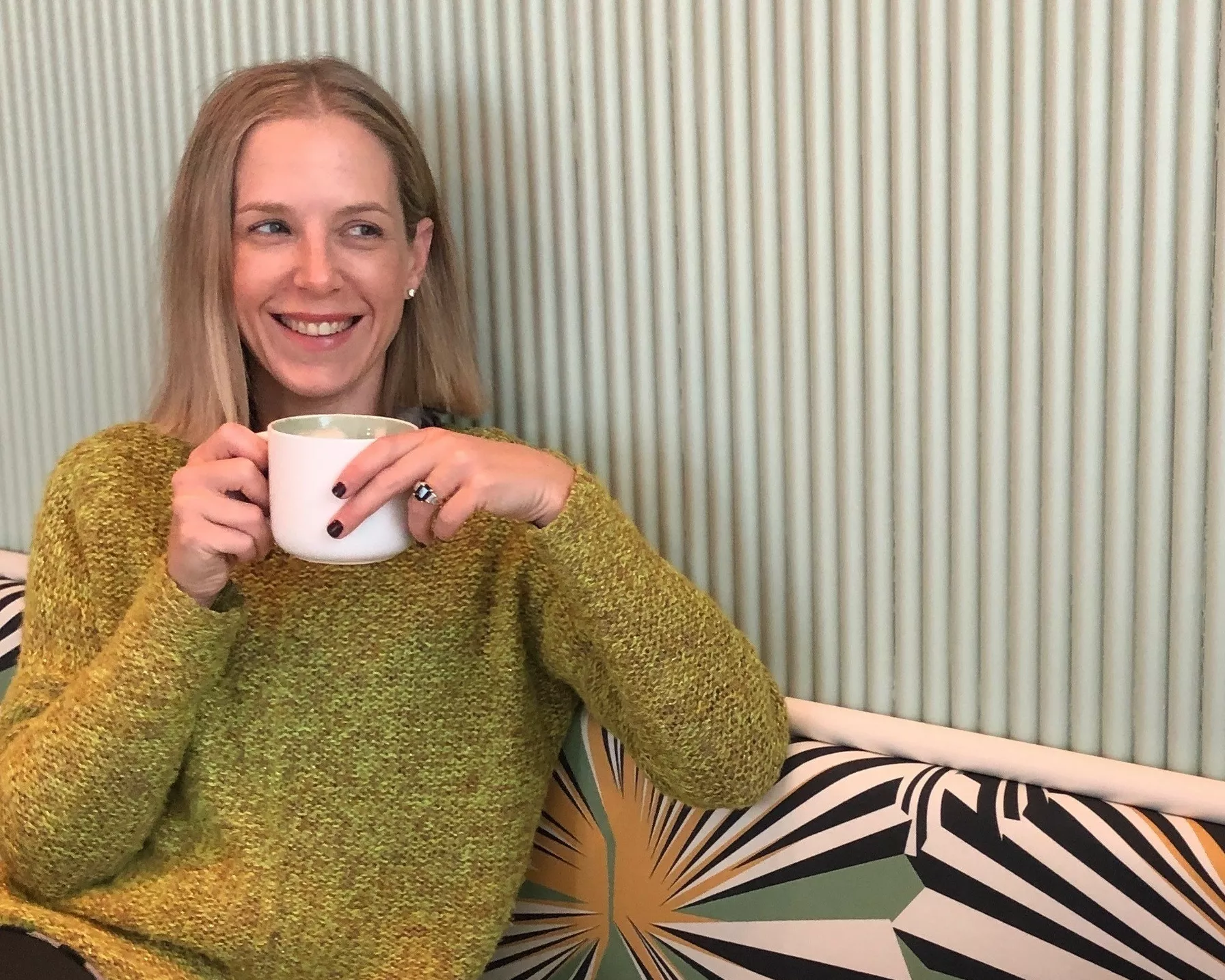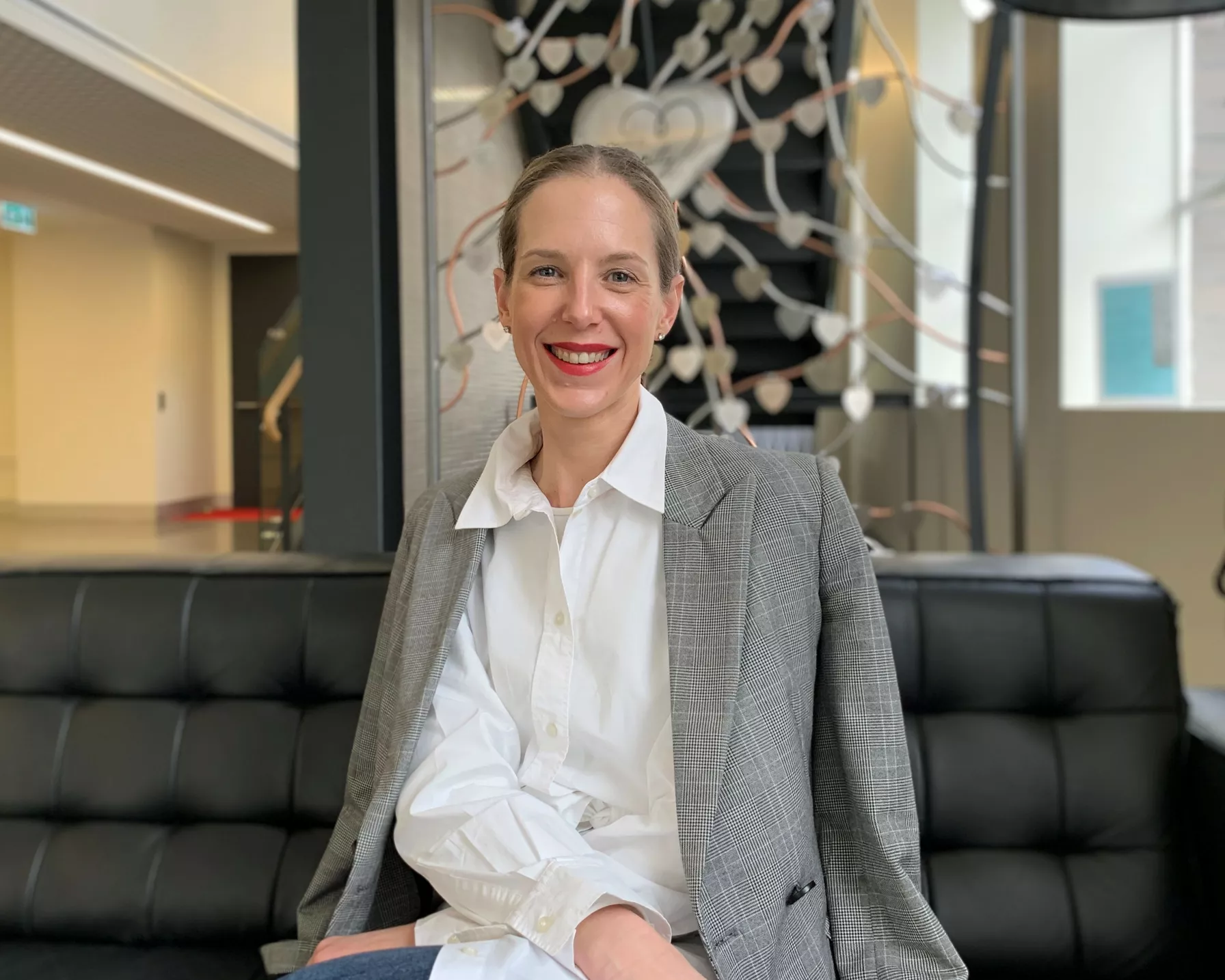Carly was 40 with a new baby at home, when she started feeling dizzy, nauseous and having vision problems. She put it down to lack of sleep, but it turned out to be something much worse. Here's her story in her own words.
I was on maternity leave with my second child, who was eight months old. I was incredibly sleep deprived. I had a reflux baby, and my husband and I had not slept for more than a few hours in a row for seven months. When I think back on that time now, I realise I was in a real state of haziness.
One Thursday morning, I started having double vision. I didn’t know what was going on; I was attempting to change some batteries on the air conditioner remote control and kept dropping them. The sleep deprivation had been causing headaches, dizziness and balance problems for a while. It was happening so often that I could not distinguish at that point that this day was worse than any other. I now realise, this was when the stroke started.
My husband and I decided I should sleep during our little guy’s morning rest time and if I was feeling worse after I woke up, I would call my doctor. I woke up with my vision back to normal but the headache remained. I continued my day as normal and picked up my eldest from school that afternoon.
By the next afternoon I started to feel a lot of anxiety, nausea, and my headache was getting worse. I called my GP who recommended I go to the Emergency Department. I’d also hit my head two days earlier, as I lost balance when I was picking up my son, so I thought I might have concussion.
I had a CT scan, which showed an abnormality on my brain but I wasn’t displaying any other obvious signs of stroke and was discharged. The discharge note said "This needs to be investigated", but the advice was to have an MRI in the next couple of weeks. There wasn’t much urgency to it.
By Monday morning, I started to lose sensation in my right arm. Not total loss but definitely loss; I wasn’t able to determine the difference between hot and cold water.
I went back in for a brain MRI first thing on Tuesday morning and was admitted to the Emergency Department straight from the MRI. The MRI showed a number of minor and mini strokes, as well as a moderate stroke. The neurologists thought I must have had previous strokes that had gone undetected.
From there, over the course of a week, we went down a rabbit warren to look at what could be causing this. It was thought I might be suffering from vasculitis (inflammation of the blood vessels) or an autoimmune problem. A brain angiogram ruled out vasculitis, which was a big relief.
It wasn’t until day six that I had a consultation with a cardiologist who conducted a bubble study the following day to assess the flow of blood through my heart, and a trans-oesophageal echocardiogram to look at the function of my heart. That revealed I had a patent foramen ovale (PFO), a hole in the wall between the right and left upper chambers of the heart.
I left the hospital as a high-functioning stroke survivor with minimal physical and cognitive deficits at discharge. I was given secondary stroke prevention medication such as blood thinners, but had very little guidance on what to expect next. I was told that fatigue happens to 80 per cent of stroke sufferers, and to keep an eye on it as it can be pretty hard going. That doesn’t even come close to describing how debilitating it was.
I lost a lot of weight and strength. It was also not explained to me that physical and cognitive deficits can get worse, and although I was fortunate to not experience further physical deficits, I went on to experience difficult cognitive or silent deficits. I also experienced speech problems that worsened before they started to improve.
It wasn’t until my six-week outpatient appointment that a stroke neurologist looked at my MRI and said that it wasn't multiple strokes – it was one singular event. I told him I had a hole in my heart, and he said, "You’re a healthy, young woman with no other stroke indicators or history. PFO is the source of your stroke." So it wasn’t until six weeks post-discharge that we finally landed on the cardio outcome.
A month later, my PFO was closed up by Professor David Celermajer, an incredibly talented cardiologist, who does a lot of PFO procedures. It used to be open heart surgery but now is a much less intrusive procedure, where they go through a vein up to the heart using an umbrella-like device to close the hole. The device is popped into the hole and the mesh fibre is released on both sides of the hole between the chambers.
It’s now been more than 12 months since my episode and I continue to make good progress, but I am not back to normal. It’s been a long and slow recovery.
I suffered from bad nausea, dizziness and balance problems for the first nine months. When you are nauseous you can't eat, and I was unable to gain weight. I therefore lost a lot of physical strength and got even more tired.
I had to put my son in child care earlier than we intended because I was unable to care for him. Then the combination of the secondary stroke prevention medication, the blood thinning, low iron and the low white blood cell count meant I was picking up a lot of viruses and getting sick a lot.
All of those post-stroke, knock-on effects really took their toll.
The advice I would like to share with others is that stroke recovery is a slow and challenging process, but time is your friend. You need to allow it to take place, and you need to have a realistic set of expectations. During the healing process, I had to accept that my brain now operates differently to before, and I can’t change that. My brain processes sensory things like sound, noise, light and movement differently than before my stroke. I just have to take time and find a way to work with my body.
Three months post-stroke, I reached a point where my physical and cognitive state had become so bad that I was close to hospitalisation again. The solution I came up with, with my family, was to rent an Airbnb down the street from our house for a period of time. I stayed there every night, and it wasn't easy being away from two young children, but it was a much better option than being readmitted to hospital. I needed to sleep, to eat well, to reduce the environmental noise around me.
At that point I had to acknowledge and accept that my body was not going to heal overnight. I had to change things or I was going to continue to go backwards and get sicker. And that is not a good outcome for me or my family. After being strict with rest and nutrition, things improved.
What I was experiencing was not normal, but I convinced myself that it was, and I was not familiar with FAST. Double vision alone should have been enough for me to call 000.
Young stroke doesn't always present the same way as older stroke. Younger people, the medical profession, and society as a whole need to be aware that you're not necessarily going to experience face drooping or lose mobility in one side of the body. A lot of the time, young stroke gets misdiagnosed on the frontline, which happened to me.
I physically look normal but I'm not. I have silent deficits in my brain. I think of it as my software not working properly, but others can't see that from the external perspective unless my words don't come out properly or there are other physical signs.
It’s those knock-on effects which continue to be debilitating and take their toll. But the neuroplasticity of the brain is amazing. Your brain heals and reworks itself, and that's why we can learn to talk again, and learn to use our limbs.
My doctors monitor my improvement and I continue to progress at work, which is good news.
Despite what I’ve been through and continue to go through, I feel very fortunate. The outcome could have been very different. I'm incredibly lucky because the type of stroke I had meant a much better outcome than if I had a larger blood clot hitting one area and causing loss of more brain tissue. Although it is still difficult some days, I can get up, do my job and look after my children, and enjoy my life.
How is HRI helping?
Pioneering research by our Thrombosis Research Group is focused on finding safer, more effective therapies to treat ischaemic stroke. Studies by HRI scientists have already discovered a novel drug class that can safely reduce dangerous blood clotting. They will test this novel drug in combination with thrombolysis to improve the dissolution of damaging blood clots that block blood flow to the brain. The ultimate aim of these studies is to reduce brain damage and improve outcomes post stroke-recovery.



